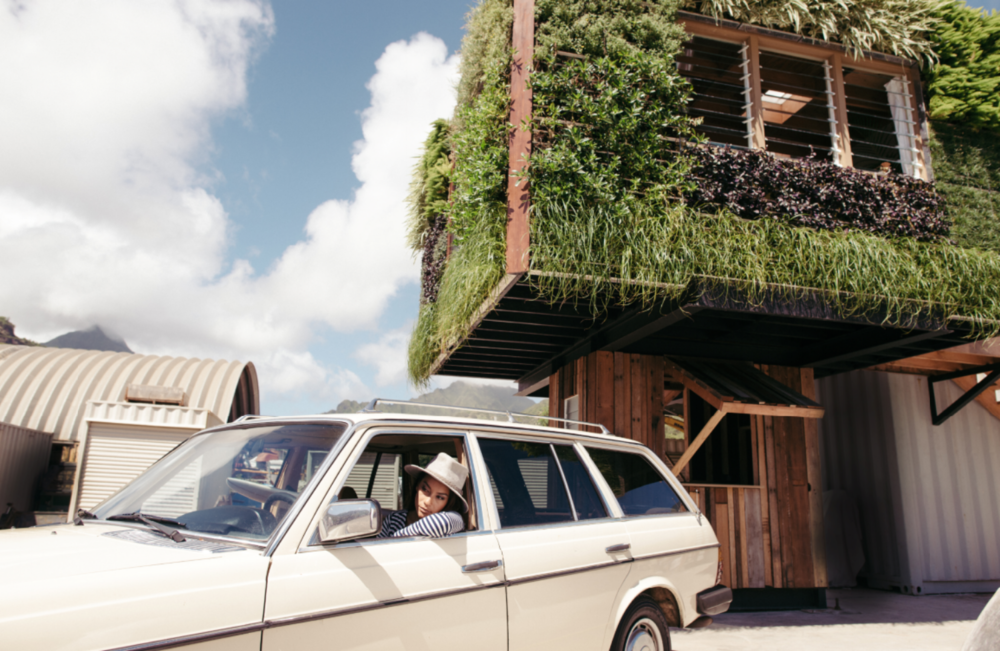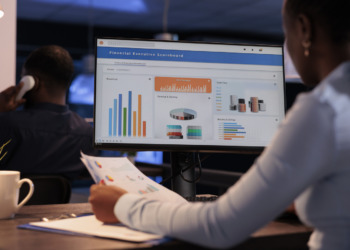Architecture and design is an industry that has the ability to embody sustainability across all areas, from sourcing of materials to how the physical form of a structure interacts and functions with space and nature.
The benefits of sustainability are instant in architecture, sustainable design is intrinsically sustainable, by this we mean that the perks of such design are so that it can completely change one’s mindset. Often our habitats and environments shape the way we think and can predetermine your outlook on the world.
So, there should be a great importance placed on how we design and build for the future. Some companies have recognised this and have brought some truly inspiring designs and builds to our planet. One of these companies is Elevate Structure, based in Silicon Valley, U.S.A, who were kind enough to speak to us about their origins and challenges. I spoke to Nathan Toothman, Co-Founder and CEO, to find out more
Q. What is the story behind Elevate Structure?
NT: I was at a pristine site on the North Shore of Oahu, Hawaii, with nests of beautiful ironwood trees where development was planned to occur, so the concept that flashed through my mind was a structure that blended in, didn’t interfere with the view plane, and would effectively disappear.
In a sense it was a desire for anti-architecture, since I knew that nothing good was going to be designed, and it turned out, when I went back three years later, all of the trees were cut down and shoddy homes were being built.
From that aesthetic concept it then evolved more from the engineering problem solving standpoint. We then referred back to an aesthetic standpoint and then back again to a technology driven standpoint all the while keeping commercial viability in mind. It’s lots of things at once that have combined to embody Elevate Structure, and we’re still trying to make sense of all of it.

Q. How does Elevate Structure make an impact?
NT: Right now, as an early stage start-up, we’re pushing the bar higher in overall thinking, experimentation & prototyping with a few key early customers. However for a company to make a true impact such as ourselves, we are going to need support, especially with fundraising, so we’re seeking support from anyone interested in being involved, so please reach out if you are interested in what we are working on.
Q. How, in your opinion, can everyone contribute towards sustainable development?
NT: Reject the status-quo, throw it out, ignore everything you’ve heard and think bigger. Realize that you’re going to have to make some sacrifices to contribute to anything meaningful.
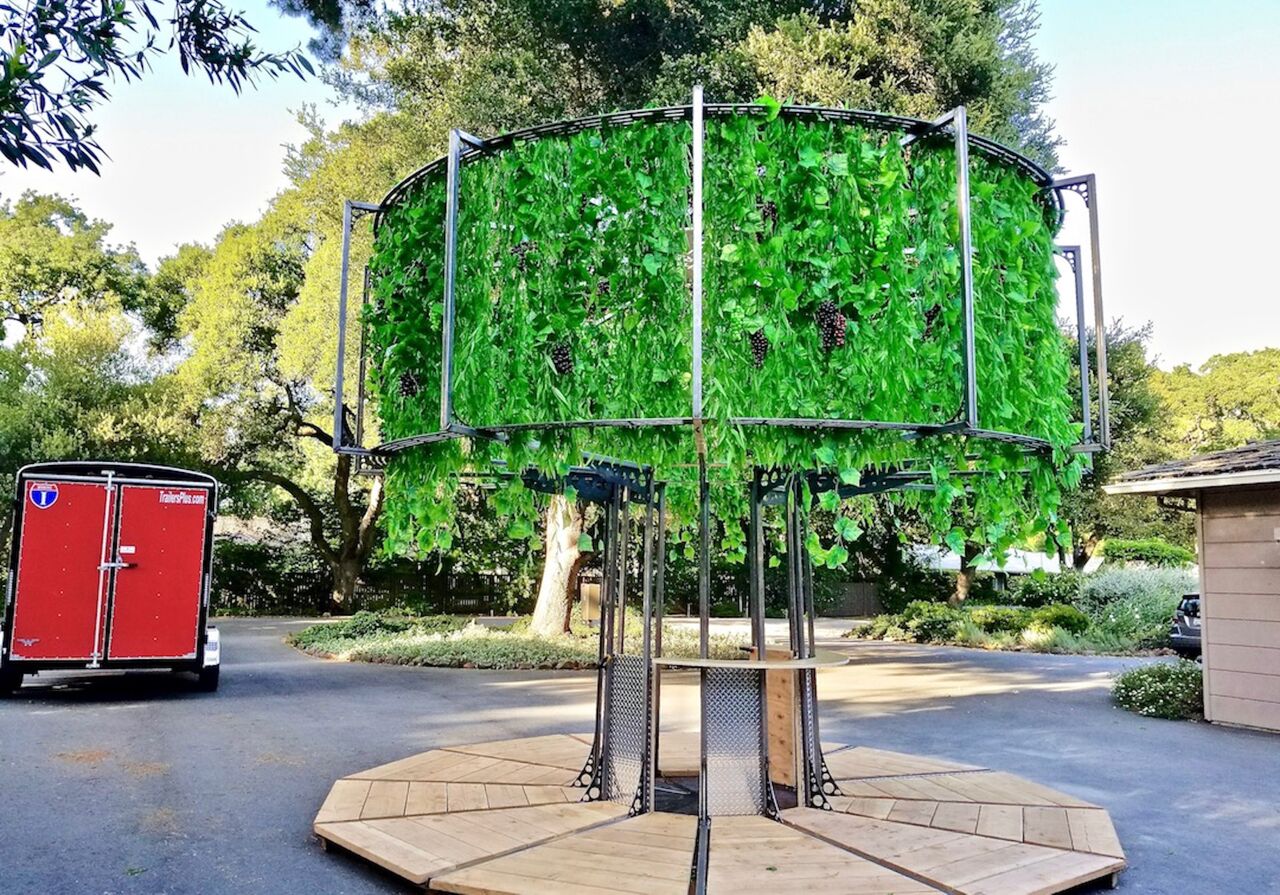
Q. What changes would you wish to see in society and the economy as a whole?
NT:I’d like to see the pendulum swinging in a less extreme manner from right to left on the political spectrum, it has had an adverse effect on sustainability and the environment. Each time it swings to the other side, the extreme elements of that particular side want to naturally push it up as high as possible, not realising that it just makes it go higher on the other side when it inevitably reverses course.
What I’d like to see is those in the middle, being more objective and aware. As it is, millions and millions of moderate hands are slowing the momentum such that we aren’t reaching the goals we should be. Who know, with a few cycles of this we can possibly arrive at a more reasonable, balanced and sustainable approach to the world.
Q. What does sustainability mean to you and how does Elevate achieve that?
NT: Sustainable, green, energy efficient, renewable are words that get thrown about when we talk about the environment. By definition “sustain” means to “strengthen or support”, at Elevate we believe our primary responsibility is to “strengthen or support” the life of people. We gauge the success of our sustainable structures by its ability to be used by many different people in many different ways over a significant period of time. And it’s our belief that the only way we can meet those requirements is through transformation.
We feel that if this is no, or little, capacity for “continuous transformation” then there can be no real sustainability. For example, a shipping container can be transformed into a home but that’s about it. It can provide a roof over one’s head but it can’t be practically transformed thereafter.
For elevate, sustainable means it has to have the ability to transform and be re-adaptable. In a world that is changing faster than ever before it’s not realistic to think that what works today will work in twenty years. Twenty years from now the divide between the haves and the have-nots will be too great to expect the existence of some sort of acceptable middle ground. The only logical way we see for the have-nots to meet their needs as time passes is to have the ability to transform what they already have.
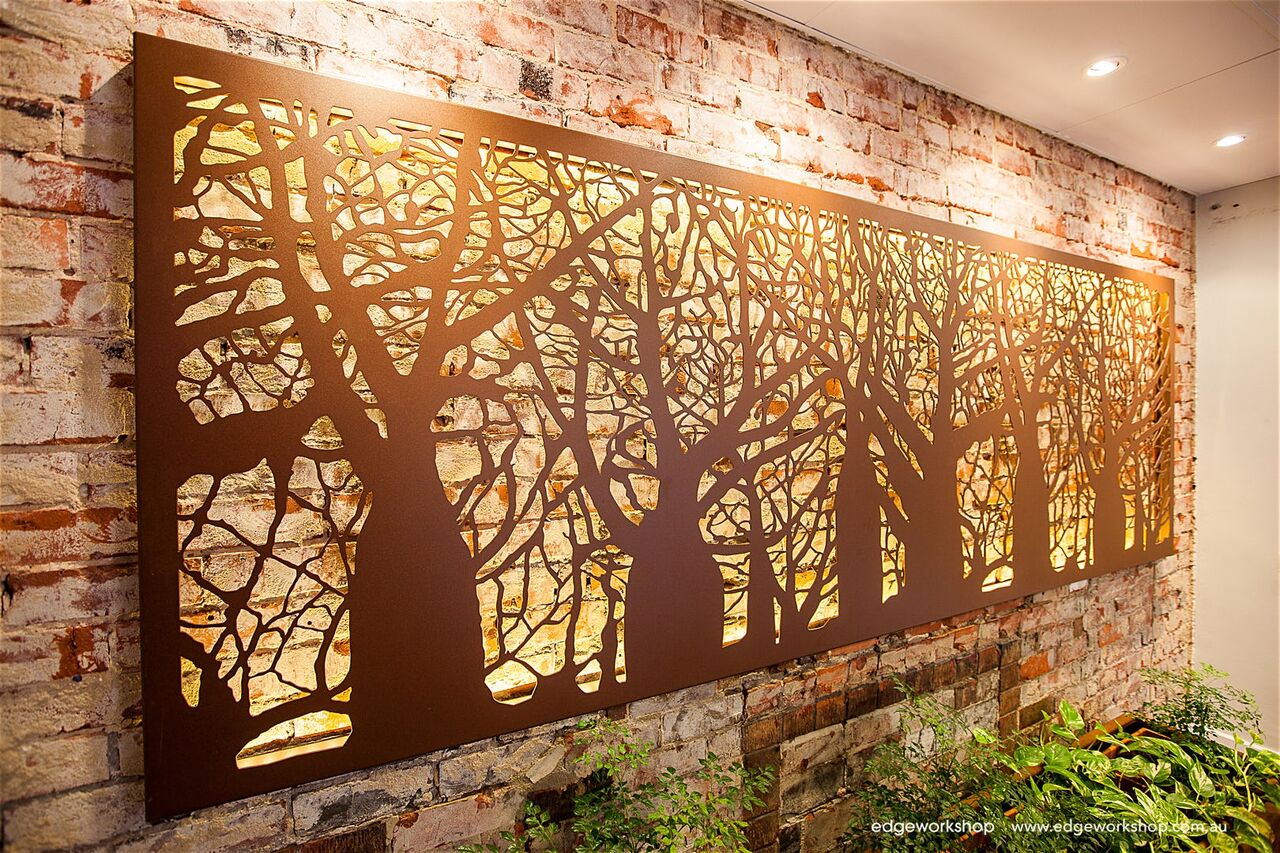
Q. What are some best practices for sustainable design using Elevated Structures?
NT: A transformable and multi-function structure is a big one – it can be used for more than one thing – so should the first use either not pan out or have a shorter lifespan than originally envisioned. We’re first looking at how slight a structure can be and then designing up from there rather than starting from the status-quo and deciding what we can take away.
We’re looking to take away most of the traditional laborious tasks and transfer that to machines that can do it better, faster & cheaper.
Lastly, working on designs that inspire and are tied to core principles in nature that do not go out of style.
Q. How can companies continue being sustainable considering the competitive design industry?
NT: I think you need to look no further than what Elon Musk & Tesla have done to the competitive car industry, they brought forth a sustainable product that well exceeds the competition in pretty much all respects.
The building industry can learn a lot from them and that is what we intend to do. Fortunately (and intentionally) we’re located in Silicon Valley to bring that sort of thinking, technology and talent into a residential, commercial & humanitarian structure in a way that has never been done before.
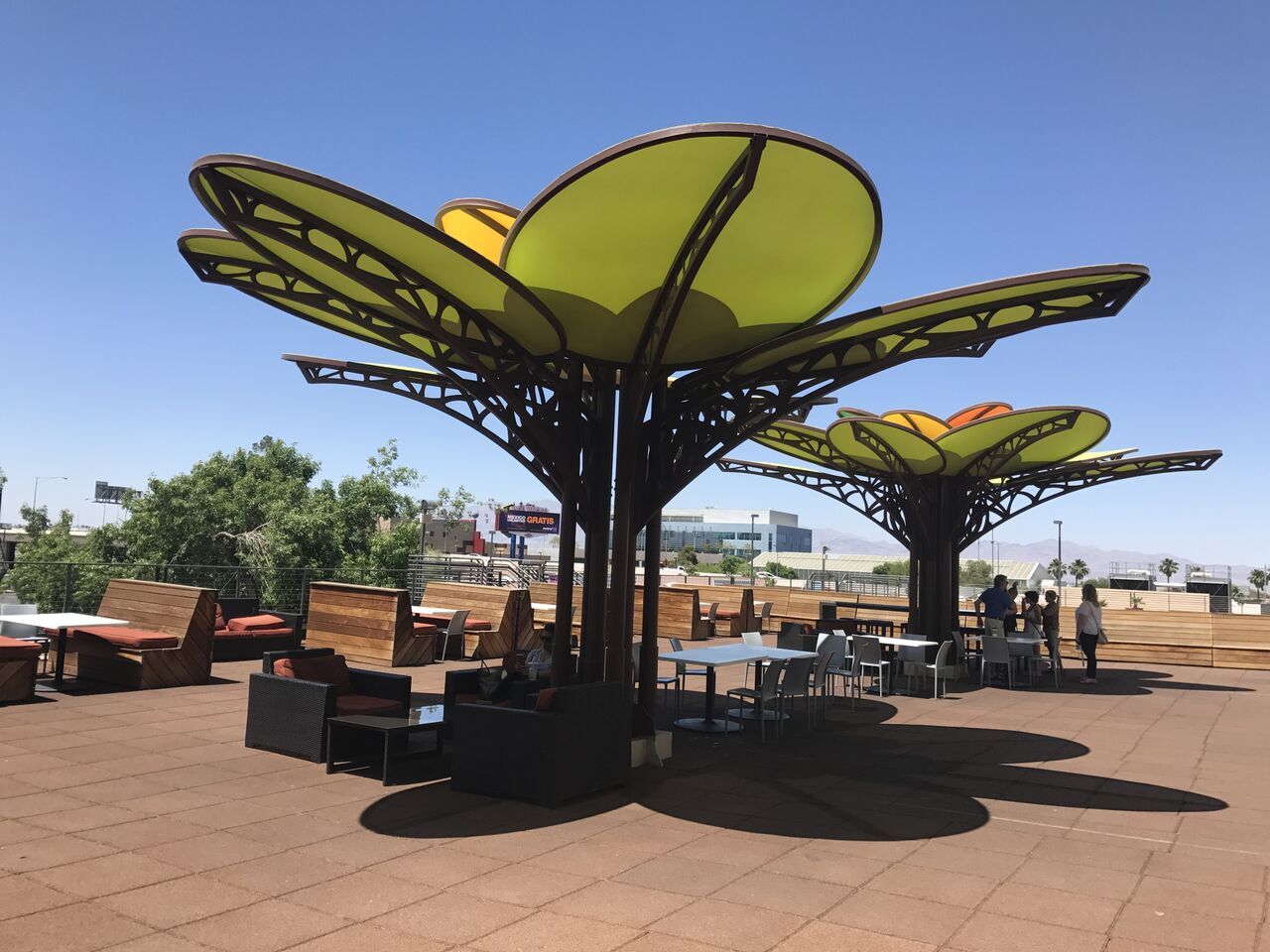
Q. In what ways do you incorporate nature into your designs? Do you use biomimicry?
NT: The starting point for elevate was the idea of living in a structure that tapped into many of the inherent design & aesthetic aspects of a tree, so from that standpoint there was a biomimicry aspect to it.
We are 100% in alignment with the idea of coexisting with the environment & following the life principals found in nature.
We want our structures to survive in the desert like a cactus and at the same time like an oak tree in somebody’s backyard. In order for us accomplish an adaptable structure like this we look at what nature brings to the table wherever these structures end up in the world.
Q. Where do you think sustainable design is going in the next several years, especially with the structures you make?
NT: Over the next several years we’ll continue to see lots of people hacking at the leaves but very few hacking at the roots, but over the next decade we’ll start to see real change because the conditions in the world will necessitate it.
As soon as the next economic downturn takes place and as the effects of climate change accelerate it’s quite possible that the carpet on the housing situation will really drop out and we’ll be forced to look at things differently.
Q. What are you the most excited about/for looking into the future?
NT: A changing of the guard to the GenX & millennials, since they best understand the world we’re headed towards vs the way it was in the past, which has a really specific relation to the housing industry.
Editors Note: The opinions expressed here by Impakter.com columnists are their own, not those of Impakter.com


